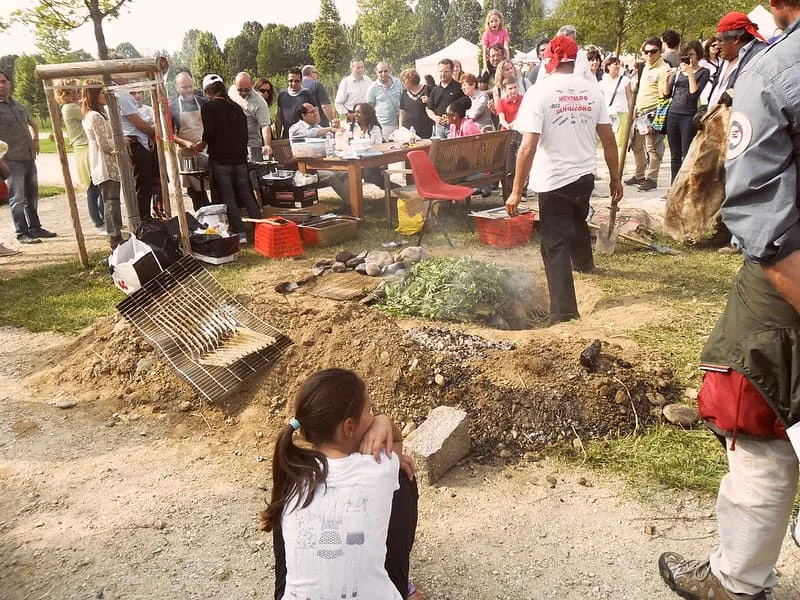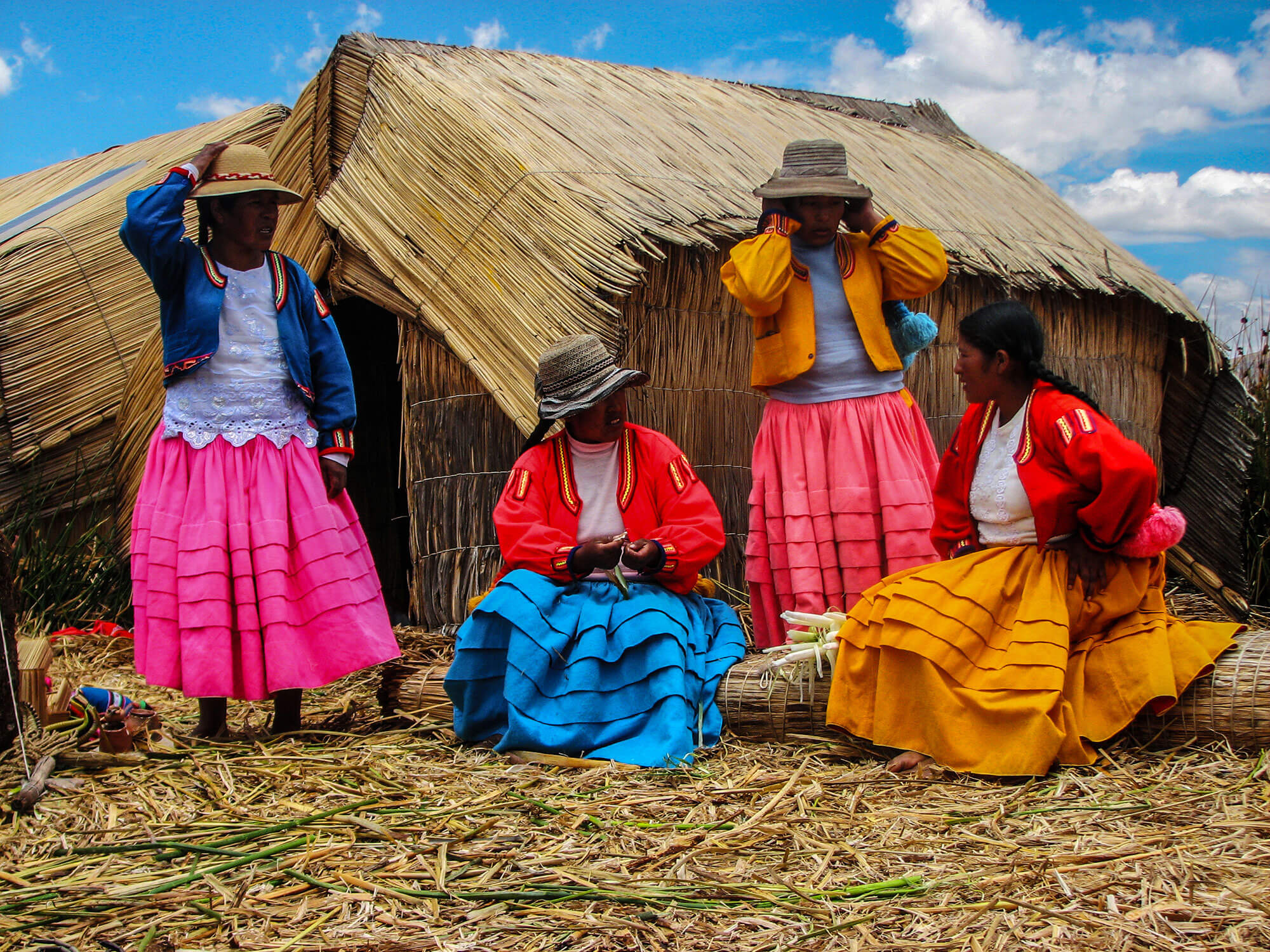Rural tourism in the Andean communities offers a unique and profound connection with both nature and culture. As someone who’s been guiding travelers through these highlands for over a decade, I’ve seen firsthand how this form of tourism not only supports local communities but also enriches the lives of those who visit. In this guide, I’ll take you through what rural tourism in the Andes really means, and share personal tips and experiences to make your journey unforgettable.
What is Rural Tourism in the Andean Region?
Rural tourism, especially in the Andes, goes beyond just visiting a remote village. It’s about engaging with the local language, culture, understanding their traditions, and experiencing the breathtaking landscapes in a sustainable way.
The Connection Between Culture and Nature
In the Andean communities, culture and nature are deeply intertwined. Many of the local customs, from agriculture to festivals, are rooted in the natural environment, particularly in their respect for the mountains, which they refer to as Apus, sacred spirits that protect them. When visitors experience rural tourism here, they often remark on how everything feels connected—whether it’s walking through ancient terraced fields or participating in a traditional weaving demonstration. It’s one thing to hear about the relationship between people and their land, but it’s another to see it up close.
My Journey as a Guide in Andean Communities
Having worked as a guide in Andean communities for over 10 years, I’ve had the privilege of seeing how this type of tourism can connect lives—both for the local families and the travelers.
Early Experiences and Community Engagement
In the early years of my career, I was welcomed by the people of the Andean highlands with open arms. They weren’t just sharing their homes and food; they were sharing centuries of history and a way of life that remains unchanged. I remember one of my first tours in the community of Patacancha, where a local elder taught me how to differentiate between the native crops that have been grown for generations. This kind of engagement goes beyond typical tourism—you leave with a deeper understanding of the Andean lifestyle and a new respect for their resilience.
Memorable Stories with Local Families
One of my favorite memories is from a small village near Pisac not far from Cusco. A group of tourists and I were invited to participate in a traditional “pachamanca“, a meal cooked in an underground oven. It’s a celebratory dish, and the whole village was involved, from gathering the stones to placing the meat and vegetables into the earth. I could see how the tourists’ eyes lit up as they helped prepare the meal and later tasted the smoky flavors of Andean tradition. Moments like these stay with you forever.

Challenges and Rewards of Rural Tourism
Of course, rural tourism isn’t without its challenges. Reaching some of the more remote Andean villages can be difficult, especially during the rainy season when roads become impassable. But the rewards far outweigh the hardships. When you finally arrive in a highland village, greeted by friendly faces and surrounded by towering mountains, you understand why the journey is so worthwhile.
Unique Tips for a Meaningful Andean Rural Tourism Experience
If you want to make the most of your rural tourism experience, here are a few essential tips that I’ve gathered over the years.
Respect Local Customs and Traditions
One of the most important aspects of visiting Andean communities is showing respect for local customs. When entering someone’s home, it’s common to greet everyone personally, even if there’s a large group. Additionally, many communities have their own dress codes or ways of interacting with sacred spaces. Always ask your guide if there are any specific behaviors or customs you should be aware of. Respect is the key to having a meaningful cultural exchange.
Best Times and Places to Visit the Andean Highlands
- Puno – Lake Titicaca 100% recommended, is a deep cultural immersion, you can go to the islands of the lake like Uros, Taquile, Amantani.
- Cusco, places like Pisac, Chinchero offer connections with the local people and the best festival Inti Raymi.
You might be interested: The Best Time to Visit Peru
The Andean highlands are beautiful year-round, but I often recommend visiting between April and November. This is the dry season, when the weather is more predictable, making trekking and outdoor activities more enjoyable. However, if you’re interested in cultural festivals, the rainy season from December to March is also a great time to witness traditional celebrations like Candelaria festival and Santurantikuy.
The Role of Community Tourism in Preserving Andean Culture
Community-based tourism plays a vital role in preserving the unique culture of the Andes. By engaging in rural tourism, you contribute to this effort to continue to celebrate their traditions and festivals.
Empowering Women Through Tourism
One of the most rewarding aspects of rural tourism is seeing how it empowers local women. In many Andean villages, women have taken a leading role in hosting travelers, managing home-stays, and showcasing traditional crafts. I’ve worked closely with women’s weaving cooperatives in Chinchero – Cusco, where tourism has provided them with an income and a sense of pride in their work. Tourists often leave with beautifully crafted textiles, but more importantly, they leave knowing they’ve supported the continuation of these ancient arts.

Protecting Natural Resources
Rural tourism also helps protect the natural environment of the Andes. Many communities now prioritize sustainable farming and tourism practices, ensuring that the land and resources are preserved for future generations. As a guide, I’ve made it a personal mission to teach visitors about these practices, from how local farmers use natural irrigation systems to how herding llamas is done in harmony with the environment.
How to Plan Your Trip to an Andean Community
Planning a trip to an Andean community requires some preparation, but it’s well worth the effort. Here are a few things to keep in mind.
Choosing a Responsible Tour Operator
The success of your rural tourism experience depends a lot on the tour operator you choose. I always recommend selecting a company that works directly with local communities, ensuring that the benefits of tourism are shared fairly. Look for operators that emphasize sustainability and cultural sensitivity. As a guide, I’ve seen the difference it makes when tourists choose responsible companies—local families are more involved, and the experience becomes richer for everyone.
Preparing for High Altitude
One thing many travelers overlook is the impact of high altitude on their bodies. Andean communities are located at elevations often exceeding 9,800 feet (3,000 meters). As someone who has guided hundreds of visitors, my advice is to spend a day or two acclimatizing in cities like Cusco or Puno before venturing into the rural areas. Drink plenty of water, avoid alcohol, and take it easy on your first day. Some visitors also use coca leaves or tea, which locals have used for centuries to cope with the altitude.
You may also read: Best Tips to Prevent Altitude Sickness
Packing Essentials for Your Andean Adventure
The Andean climate can be unpredictable, especially at high altitudes where it can go from sunny to chilly in a matter of hours. I always tell my clients to pack layers, including a good windproof jacket and sturdy walking shoes. Don’t forget sunscreen and a hat—even on cloudy days, the UV exposure is high at these altitudes. Also, bring a reusable water bottle to stay hydrated and avoid single-use plastics, as rural areas often have limited waste disposal options.
Experience the Heart of the Andes
Rural tourism in Andean communities offers an unparalleled opportunity to connect with nature, culture, and people in a way that few other travel experiences can. It’s not just about seeing a new place—it’s about becoming part of a living tradition that has thrived for centuries. Whether you’re helping with a harvest, learning about ancient weaving techniques, or simply sharing a meal with a local family, the memories you create will last a lifetime. As your guide, I look forward to showing you the heart of the Andes and helping you experience the beauty and richness of this incredible region.